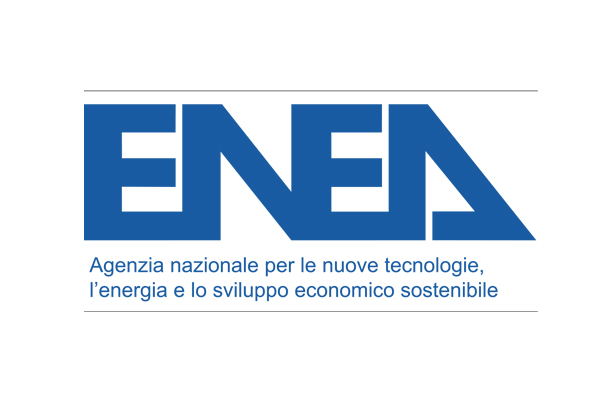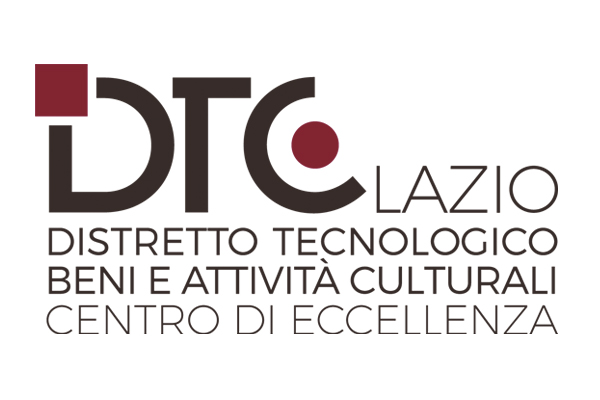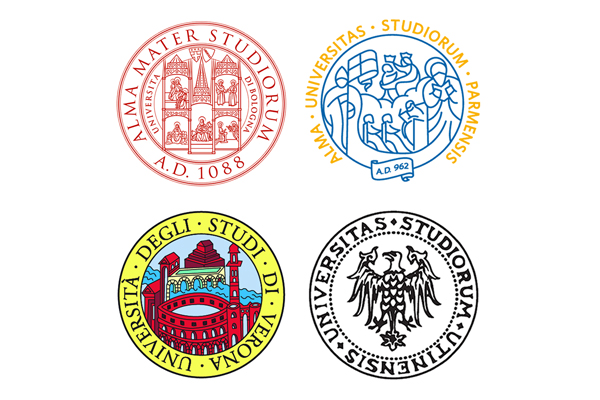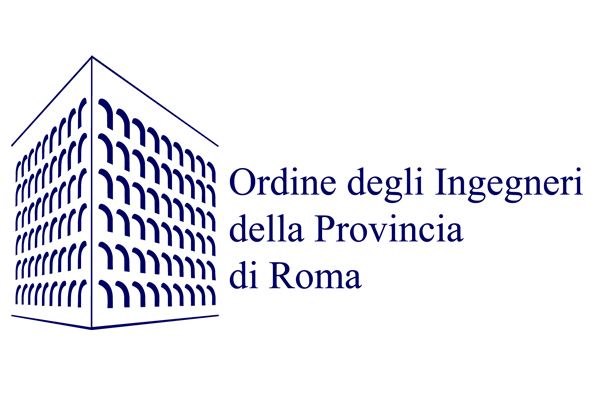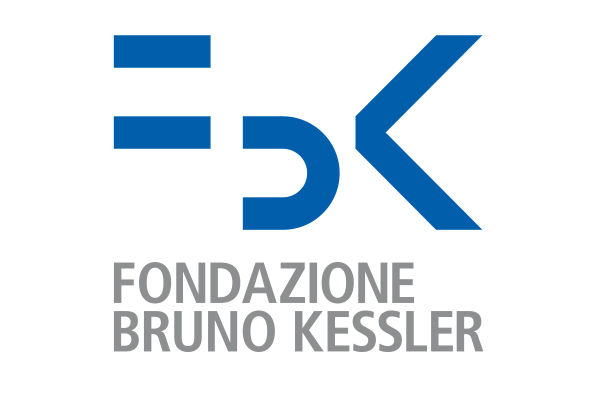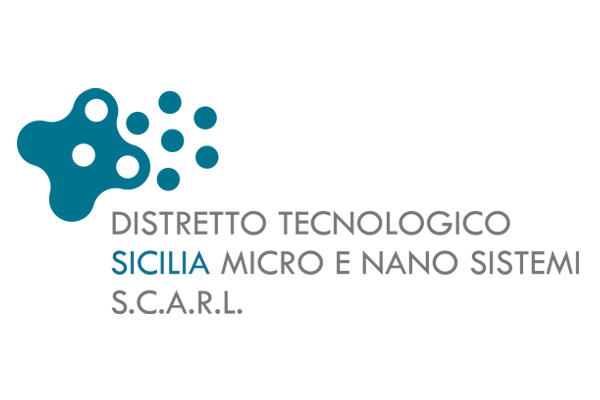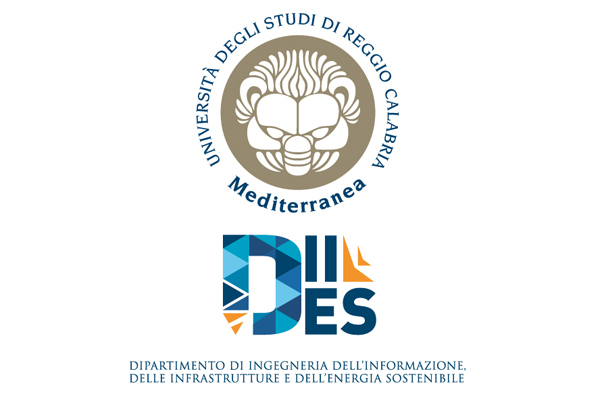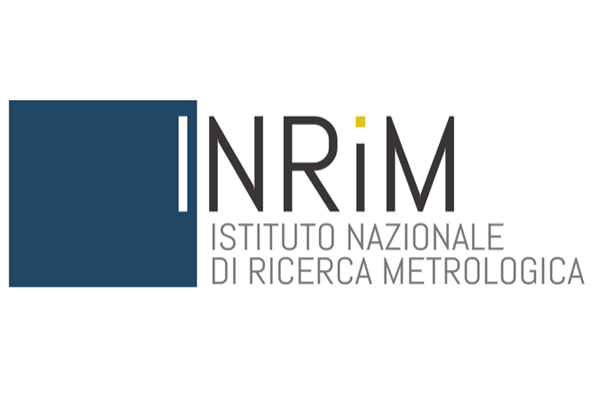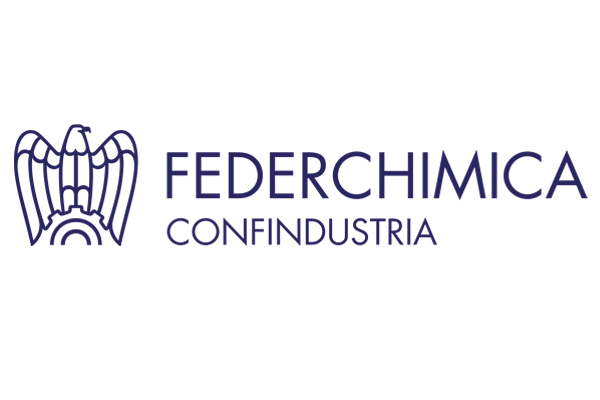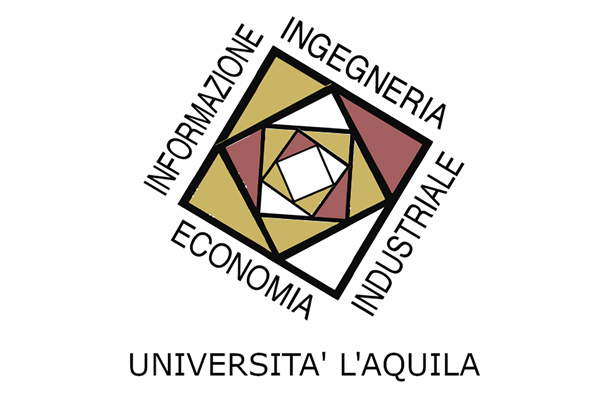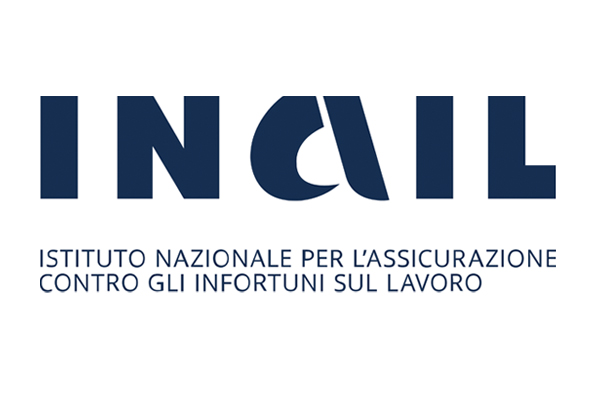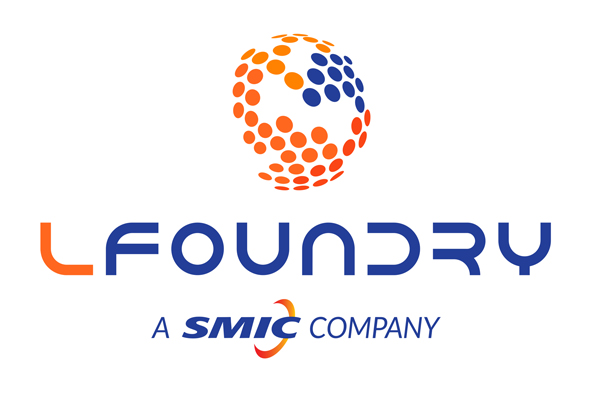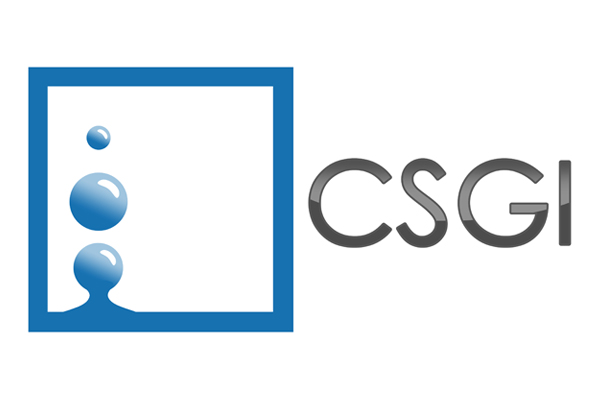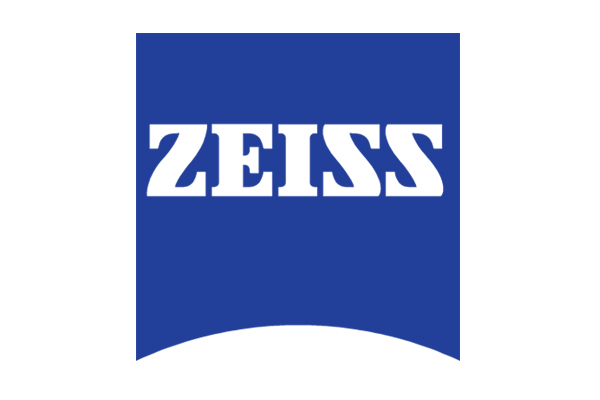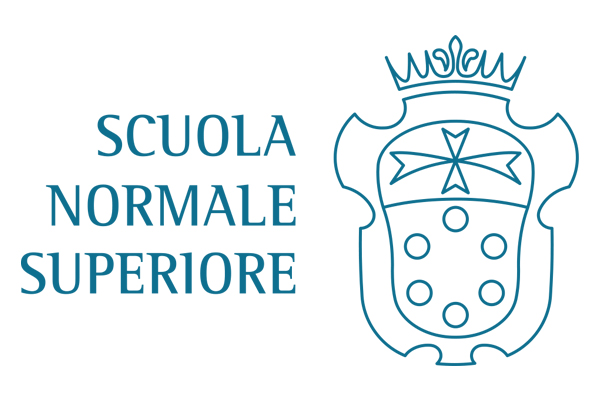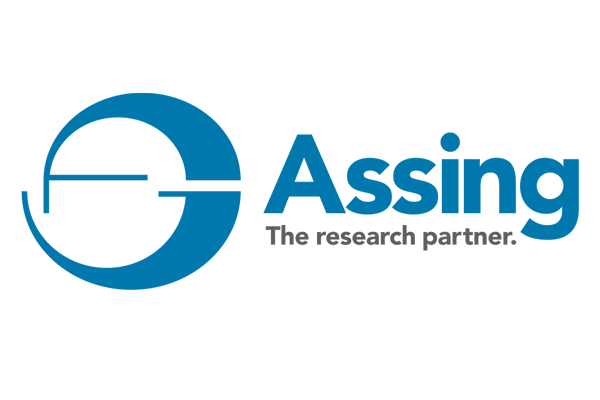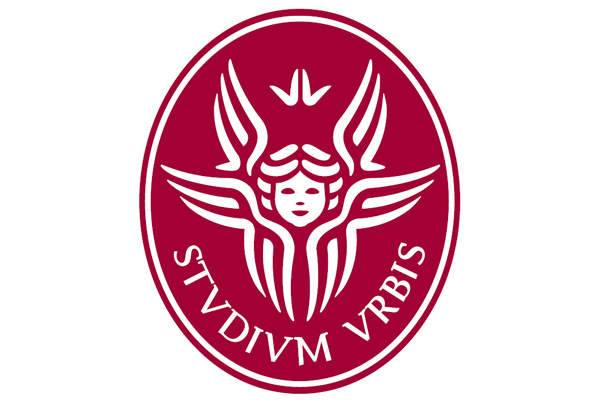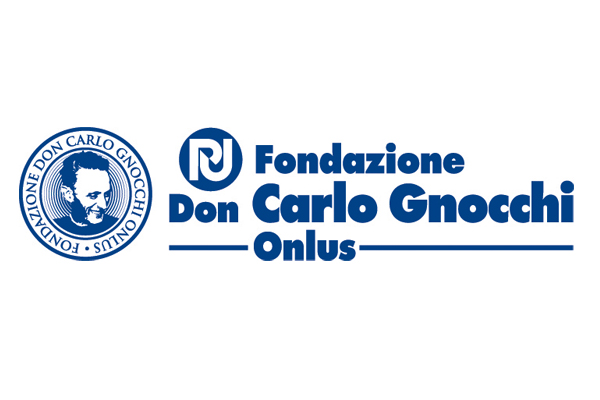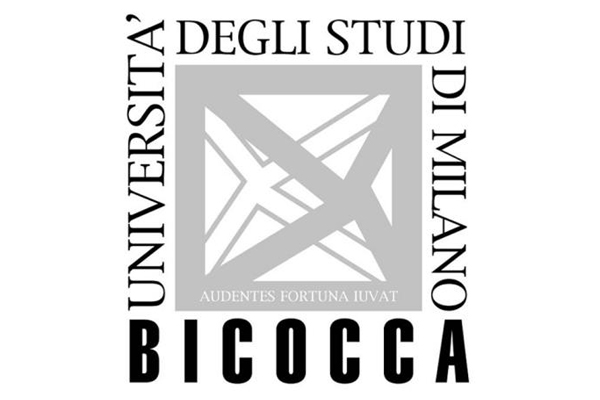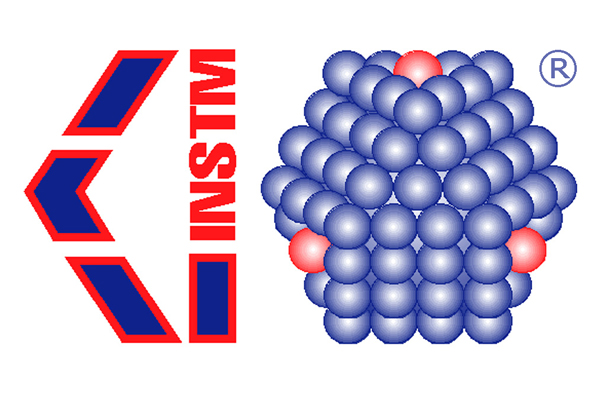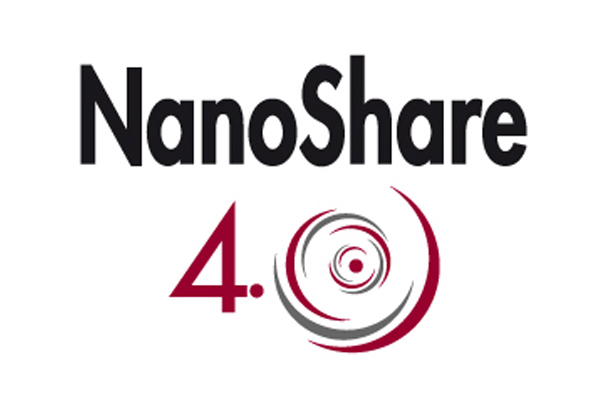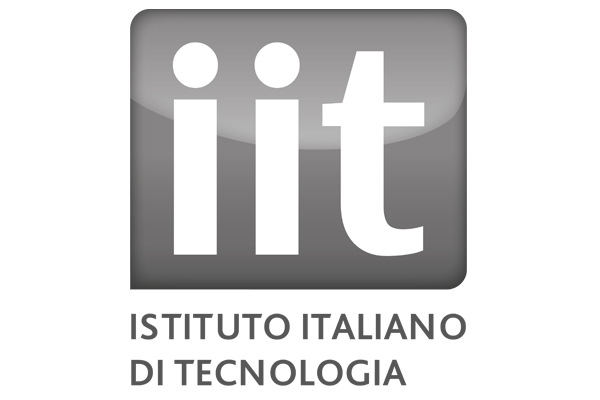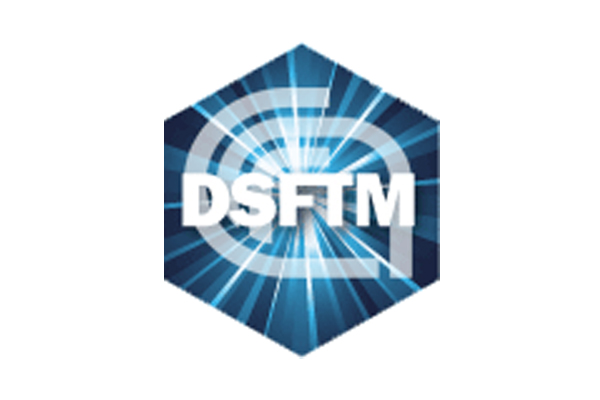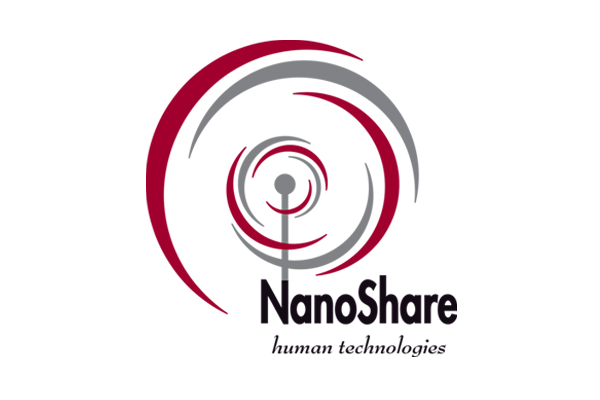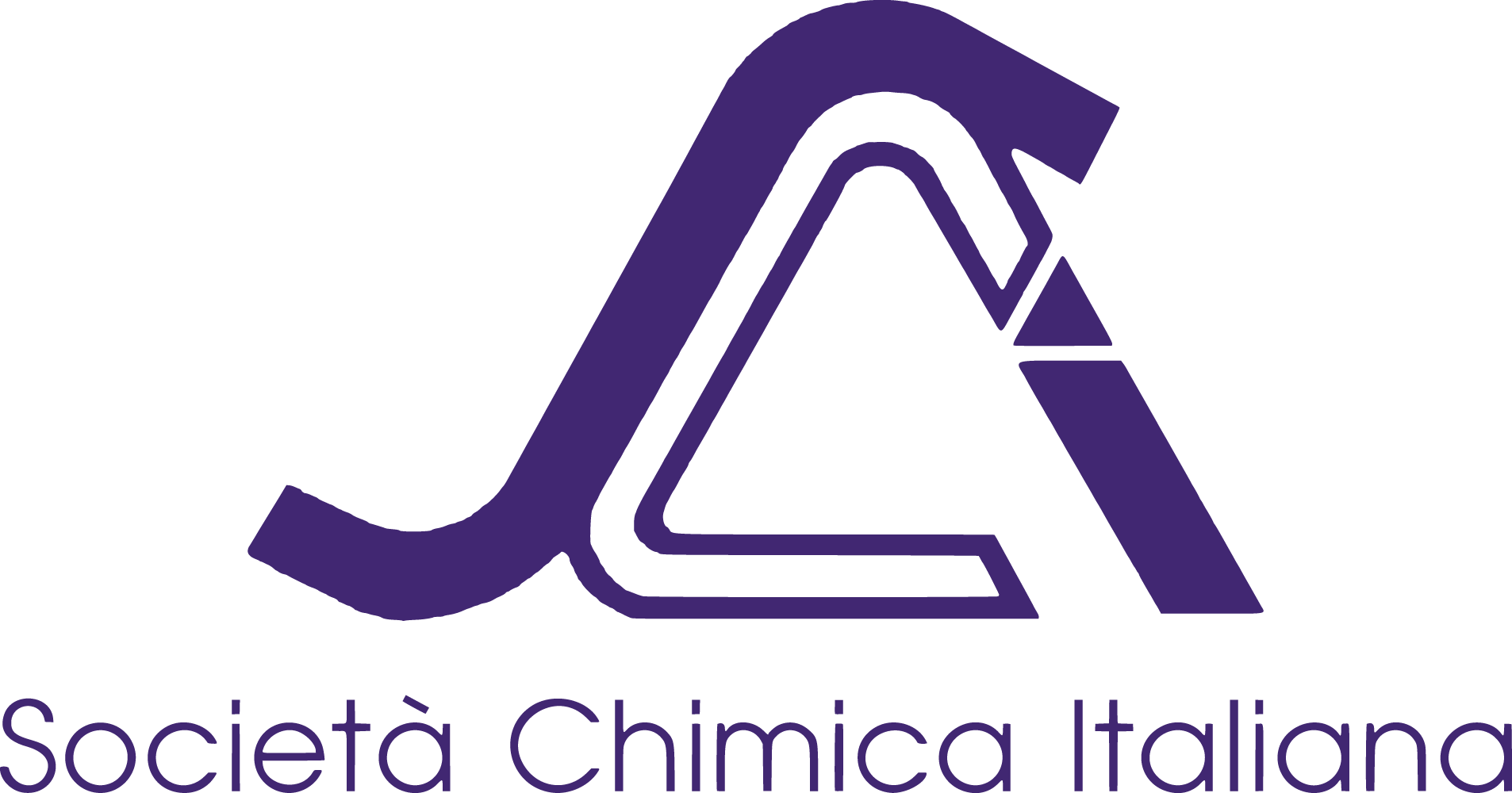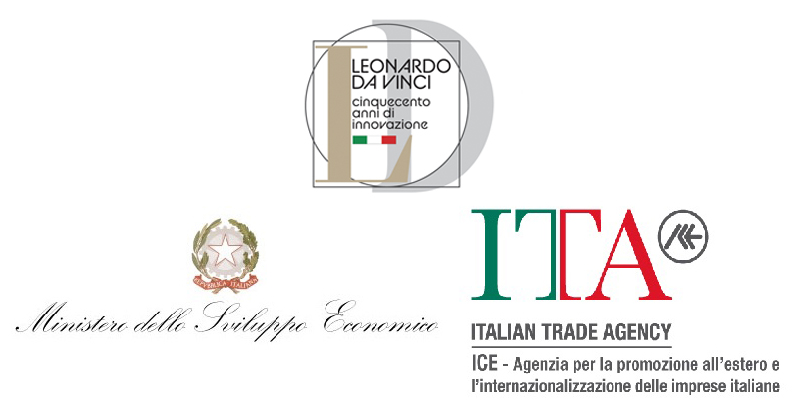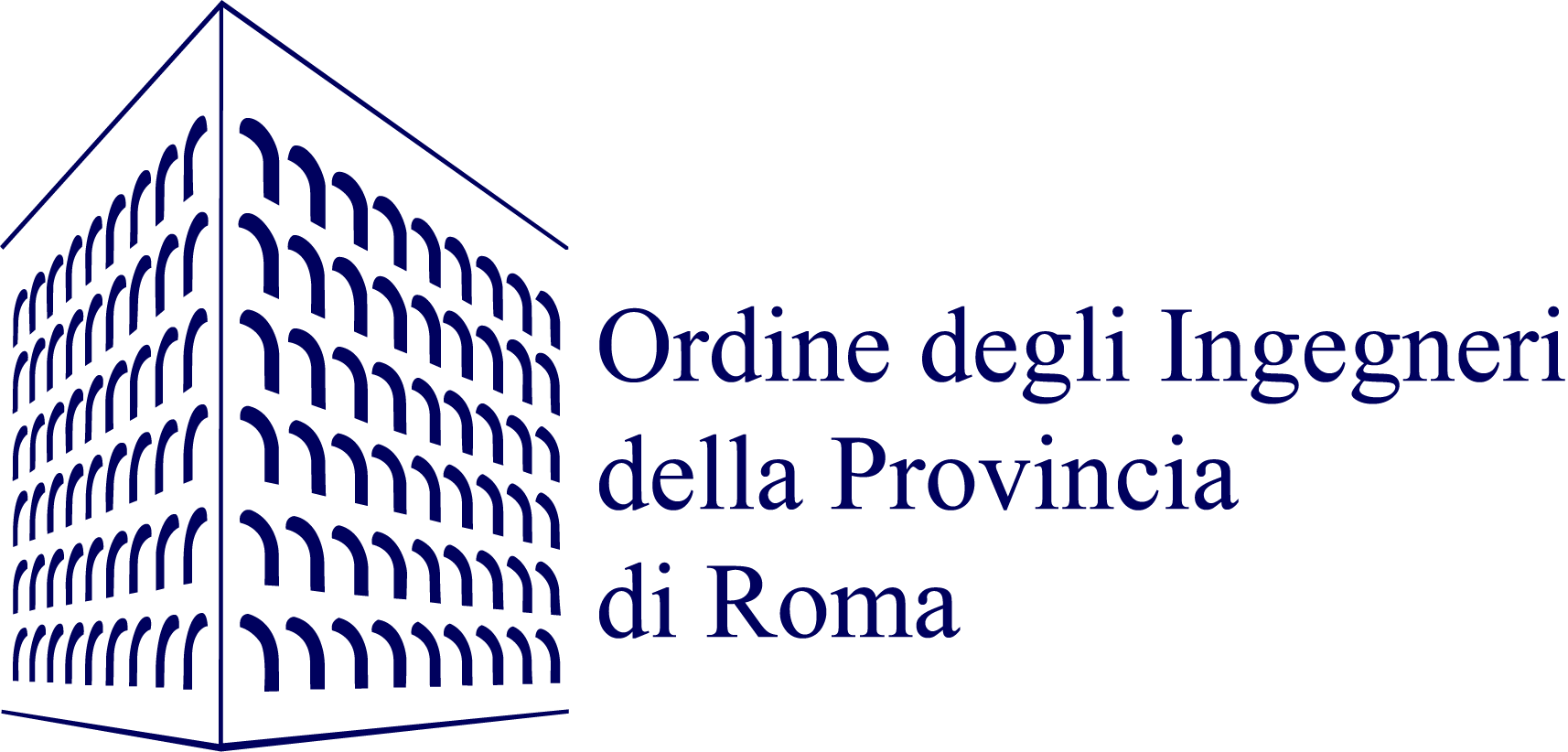LOT-QD/SIGRAY
|
|
 |
Breakthrough Lab X-ray Techniques approaching Synchrotron Beamline Performances
14th June 2019, 09:00 - 12:30
Faculty of Civil and Industrial Engineering - Sapienza University of Rome

Elemental Composition, Valence States and Structural Imaging
ABSTRACT
Synchrotron beamline X-ray techniques have several inherent advantages over their laboratory equivalent in terms of their massively higher source brillance, energy coherence, tuneability and sub-micron resolution capabilities. Synchrotron x-ray techniques such as microXRF (X-ray fluorescence), XAS (X-ray Absorption Spectroscopy with XANES & EXAFS) and nano XRM ( X-ray Microscopy) are becoming increasingly central to advanced research in alternative energy, catalysts, medicine, semiconductor materials to geology. This has led to oversubscription and immense competition in acquiring beamtime. In spite of the growth of these techniques at synchrotron facilities, efforts toward developing higher sensitivity and smaller X-ray spot size laboratory X-ray capabilities have progressed relatively slowly due to bottlenecks in X-ray optics and low brightness laboratory X-ray sources.
We have developed a breakthrough laboratory microfocus X-ray source with user selectable or tunable energy which has significantly higher brightness/flux than conventional micro focus &/or rotating anode sources. Coupling this patented source with our novel double-paraboloidal X-ray mirror lenses, we are introducing a suite of laboratory X-ray instrumentation with performances close to their synchrotron equivalent. These include microXRF, XAS, and nano-XRM.
Rapid non destructive trace level elemental compositional mapping at ambient by the Attomap (µXRF) will be illustrated with biological tissue, nanoparticles in drug delivery, geology and material science. The metrology of thin film thickness and dopants from atomic layer deposition (ALD) at sub A thickness sensitivity in semiconductor wafers will also be shown. The detection sensitivity of the Attomap is the the sub ppm level which is comparable to TOF-SIMS. The Lab Quantum Leaptm XAS system has sub-eV energy resolution for chemical/oxidation state analysis using XANES. Bond length or neighboring atoms are analyzed with EXAFS techniques. Scan times are in minutes to hours. This technique is crucial for our understanding of in operando of charge-discharge cycle of batteries; the aging of catalysts and processes in a variety of novel advanced materials. Results obtained are comparable to synchrotron XAS. The Trilambda nano-XRM is a tomography system for 3D volumetric representations of material microstructures with spatial resolutions down to 40 nm with a choice of three X-ray energies to analyze soft to hard materials. All these novel X-ray techniques are complementary. They form part of the essential components in the emerging field of correlative and functional microscopy, tying structural information from optical and electron microscopy with elemental, chemical states and 3D volumetric data in applied research.
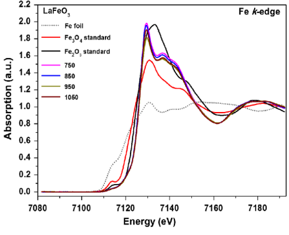 |
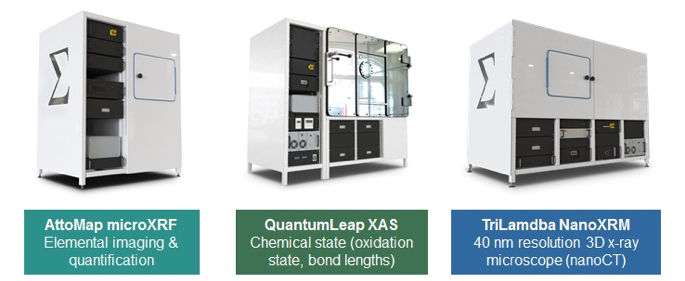 |
PROGRAMME
| 09.00 | Welcome & Introduction to High brightness, Multi anode X-ray Source & High Resolution X-ray optics technologies for next generation X-ray Techniques | |
| 09.30 | Novel MicroXRF with sub 5 um spot size for rapid elemental composition to sub ppm mapping for geology, cultural heritage, drug delivery, energy research, material science and electronics | |
| 10.30 | Coffee Break | |
| 11.00 | Lab Based X-ray Absorption Spectrometry (XAS) for XANES & EXAFS. Applications in Energy research batteries, fuel cells, catalysts, nanomaterials for charge discharge, ageing & In situ characterization. | |
| 11.45 | Multienergies X-ray Microscopy (XRM) with resolution < 40 nm for non invasive 3D characterization of hard to soft materials | |
| 12.00 | Summary, Q & A |
SPEAKER INFORMATION
S.H. Lau, has over 20 years’ experience in microscopy, material characterization and instrumentation in diverse applications from material science research, geoscience, tissue engineering and semiconductor failure analysis,. He has published several papers in material characterization and imaging in the field of X-ray Microscopy. He existed from Xradia after it was acquired by Carl Zeiss in 2013. He is now the Vice President of Business Development in Sigray Inc, pioneering the development of ultra brightness, tunable x-ray sources and advanced x-ray optics for lab instrumentation and synchrotron applications.

